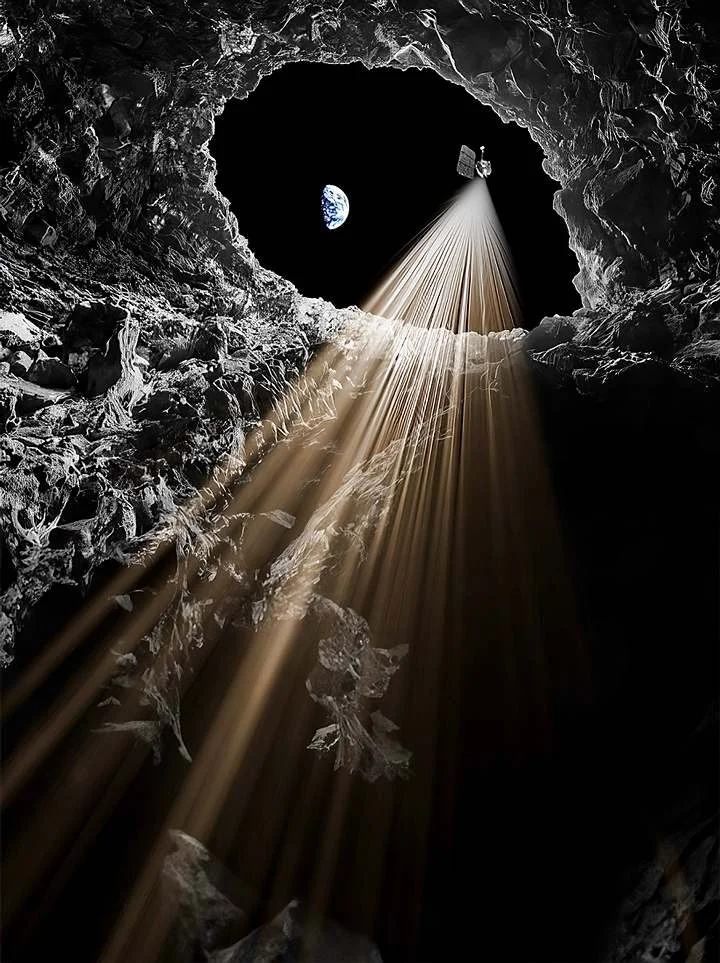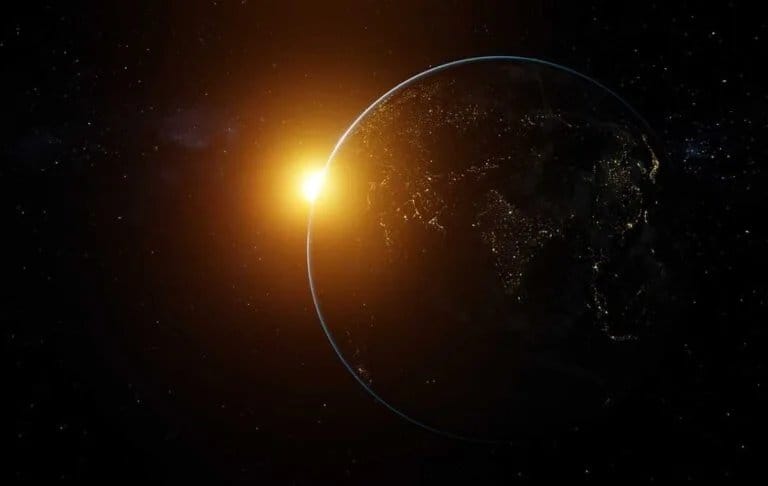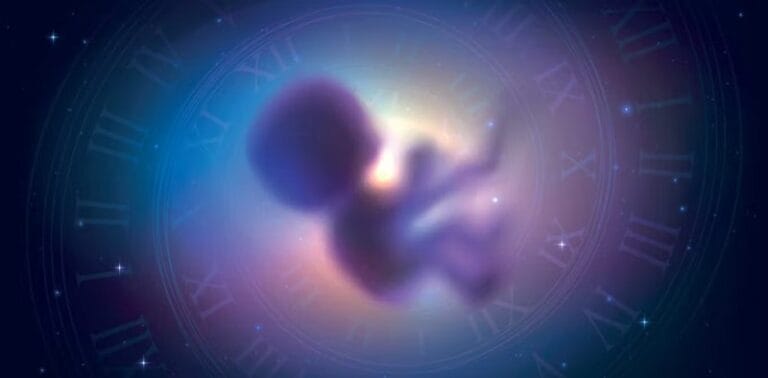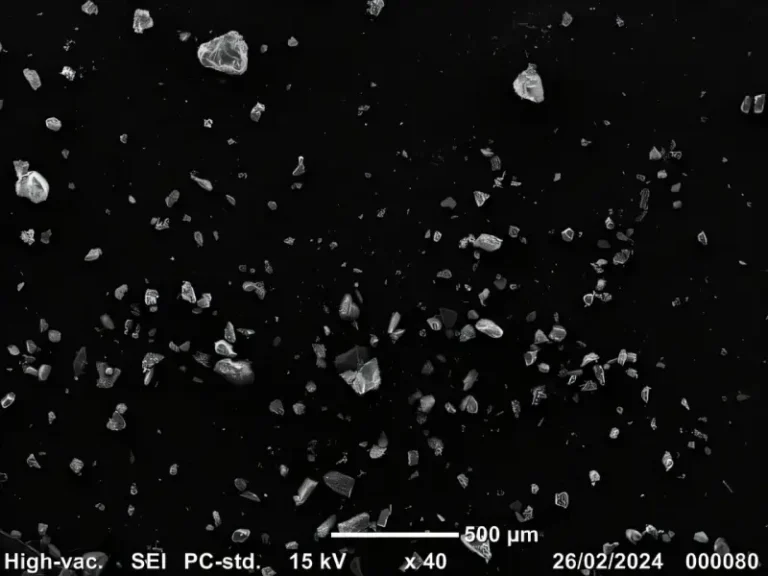Underground tunnel on the Moon

On July 20, 1969, astronauts Neil Armstrong and Buzz Aldrin became the first humans to set foot on the lunar surface after landing softly in the Apollo 11 Eagle module on the famous plain of Mare Tranquillitatis, whose Latin name means ‘Sea of Tranquility’.
Now, an international team of researchers led by the University of Trento in Italy has used data obtained with NASA’s Lunar Reconnaissance Orbiter (LRO) to confirm the existence of a subway lava tube-like tunnel beneath this famous plain.

“These caves had been theorized for more than 50 years, but this is the first time we have demonstrated their existence,” said Lorenzo Bruzzone, a professor at the University of Trento
Data originally obtained in 2010 by the Miniature Radio Frequency (Mini-RF) instrument aboard the LRO, which included radar reflections from a shaft discovered at Mare Tranquillitatis, were re-examined by the research team.
“Thanks to the analysis of the data, we were able to create a model of a portion of the conduit,” said Leonardo Carrer, a researcher involved in the new findings. “The most likely explanation for our observations is an empty lava tube.”

Given the demanding conditions on the lunar surface, where temperatures can reach up to 127 °C on the illuminated side and drop to extreme cold near -173 °C on the unlit side, lava tube caves could be ideal places for astronauts to take shelter on the Moon.
In addition to being ideal environments for subway shelters, a subway tunnel-like structure could also provide a degree of protection from cosmic and solar radiation bombarding the lunar surface, which can be up to 150 times more powerful there than on Earth.

The Moon’s thin atmosphere also offers little protection from meteorites that, over time, have resulted in the natural satellite’s characteristic cratered surface. Creating shelters within subway lava tube caves could help mitigate the constant threat of these impacts.
- See also: Nearby exoplanet smells like rotten eggs
Wes Patterson, Mini-RF principal investigator based at the Johns Hopkins Applied Physics Laboratory, said the team’s findings demonstrate “how radar data can be used in novel ways to address fundamental questions for science and exploration, and the critical importance of continuing to collect remote sensing data from the Moon.”
“This includes the current LRO mission and, hopefully, future orbiter missions,” Patterson concluded.
The study detailing what is reported here has been published in Nature Astronomy.






